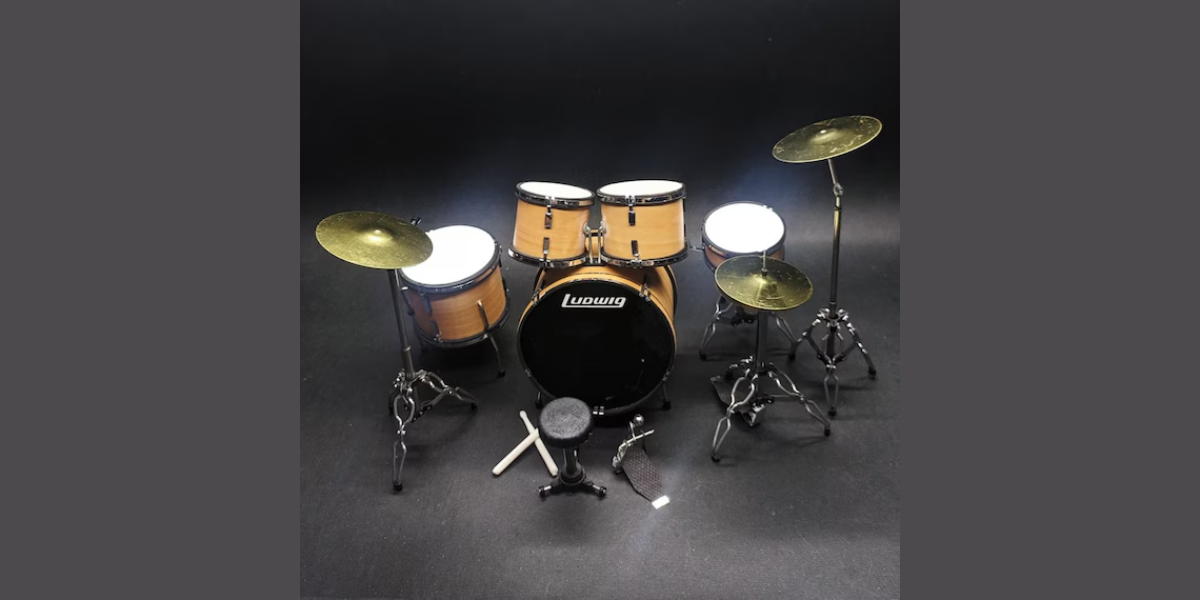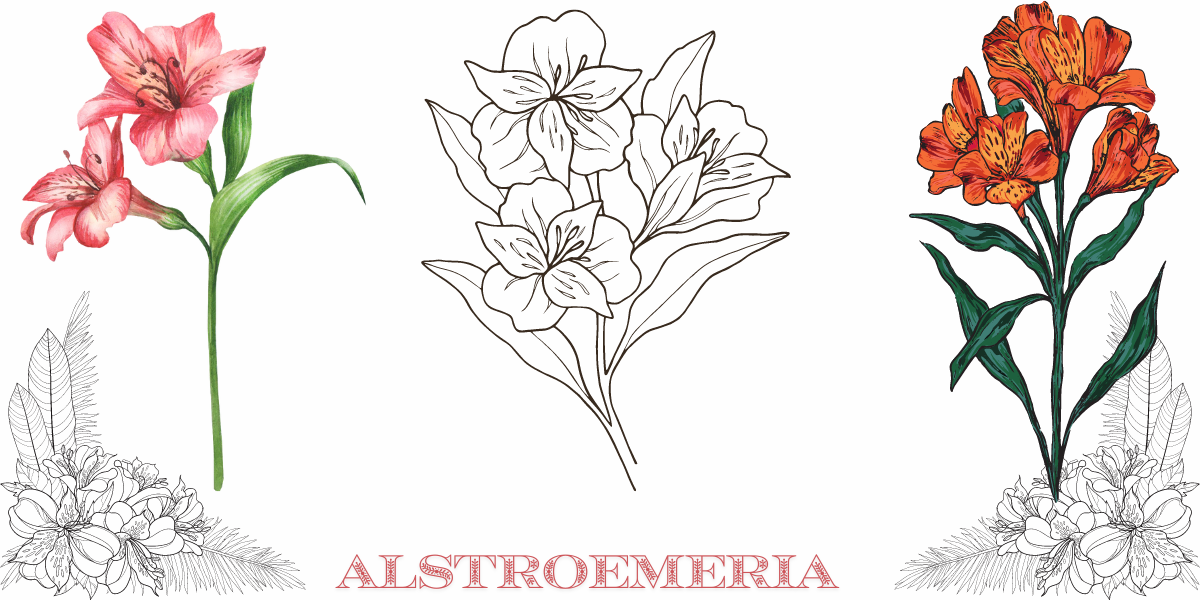The wig drum is a fascinating and unique percussion instrument, often used in various musical genres for its distinct sound and versatility. This article explores the history, construction, and usage of wig drums, providing a detailed overview for musicians and enthusiasts alike.
Historical Background of Wig Drums
The history of wig drums can be traced back to traditional African and indigenous cultures, where similar drum types were used in ceremonial and communal settings. These drums played a crucial role in cultural expressions, rituals, and storytelling. Over time, the wig drum evolved, incorporating influences from different musical traditions around the world.
Cultural Significance
In many cultures, drums are more than just musical instruments; they are vital components of social and spiritual practices. The wig drum, with its distinct sound and construction, has been used in rituals, celebrations, and as a means of communication. Its rhythmic patterns often convey stories and messages, making it an integral part of cultural heritage.
Construction and Design
Materials Used
Wig drums are typically made from a combination of natural and synthetic materials. The drum shell is often crafted from wood, metal, or fiberglass, each material contributing to the drum’s unique tonal qualities. The drumhead is usually made from animal hide or synthetic materials, chosen for their durability and sound characteristics.
Construction Techniques
The construction of a wig drum involves several meticulous steps. The drum shell is shaped and reinforced to ensure strength and resonance. The drumhead is then stretched over the shell and secured with tension rods or ropes. The tension applied to the drumhead can be adjusted to produce different pitches and tones.
Design Variations
Wig drums come in various sizes and shapes, each designed to produce specific sounds. Smaller wig drums offer higher-pitched tones, while larger drums provide deeper, resonant sounds. The design and decoration of wig drums often reflect cultural influences, with intricate carvings and patterns adorning the drum shells.
Playing Techniques and Styles
Basic Techniques
Playing the wig drum involves a combination of hand and stick techniques. Musicians use their hands or specialized drumsticks to strike the drumhead, creating a range of sounds from deep bass notes to sharp, high-pitched tones. Mastery of these techniques requires practice and a deep understanding of rhythm and dynamics.
Rhythmic Patterns
Wig drums are known for their ability to produce complex rhythmic patterns. These patterns can be simple or intricate, depending on the musical context. In traditional settings, specific rhythms are associated with particular dances or ceremonies, each pattern carrying its own meaning and significance.
Fusion with Modern Music
In contemporary music, wig drums are often used to add a unique percussive element. Musicians incorporate wig drums into genres such as jazz, rock, and world music, blending traditional sounds with modern rhythms. This fusion creates a dynamic and innovative musical experience.
Care and Maintenance
Cleaning and Storage
Proper care and maintenance are essential to preserve the quality and longevity of a wig drum. Regular cleaning with a soft cloth helps remove dirt and oils from the drumhead and shell. It is important to store the drum in a cool, dry place, avoiding direct sunlight and extreme temperatures that could damage the materials.
Tuning and Repair
Tuning a wig drum involves adjusting the tension of the drumhead to achieve the desired pitch. This can be done using tuning rods or ropes, depending on the drum’s design. Over time, the drumhead may require replacement or repair due to wear and tear. Regular inspection and maintenance ensure optimal performance.
Conclusion
The wig drum is a versatile and culturally rich instrument that continues to captivate musicians and audiences worldwide. Its unique construction, diverse playing techniques, and deep historical roots make it a valuable addition to any musical ensemble. Whether used in traditional settings or modern music, the wig drum offers a unique and compelling sound that enhances the musical experience.



